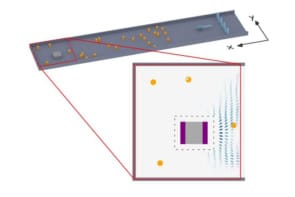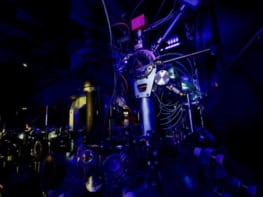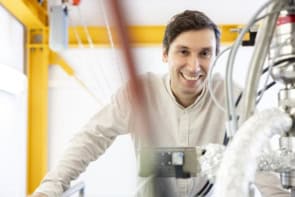
Scientists have used Archimedes’ ancient principle of water displacement to develop a new 3D scanning and reconstruction technique. The method was developed by an international team led by Kfir Aberman, Oren Katzir, Daniel Cohen-Or and colleagues at Tel-Aviv University in Israel, who have used it to successfully reconstruct complex objects including cavities.
Typically, 3D scanning and reconstruction methods use optical devices that probe the visible surface of an object. While these techniques are reasonably efficient, they cannot capture features of an object that are hidden from the optics’ line of sight. Conventional methods also struggle with glossy or transparent surfaces, which can result in noisy scans.
Archimedes approach
To overcome these limitations, Aberman, Katzir and colleagues took a different approach. Rather than relying on optics they turned to Archimedes’ principle, which states that “the volume of fluid displaced is equal to the volume of the part that was submerged.”
The technique uses a robotic arm to dip an object into a water tank along a controlled direction. As the object is submerged, the water displacement is measured, giving a thin volume slice of the shape. The researchers then repeat this process multiple times by dipping at different angles. Using mathematical models, they convert the volume slices into a dip transform – a 3D representation of the object.
Cat, octopus, elephant
The more often the object is dipped, the greater detail about its geometry can be extracted. Aberman, Katzir and colleagues were able to reconstruct a variety of complex sculptures, including a DNA-like helix, cats, an octopus and an elephant with a rider.
Although the technique does not require expensive equipment or customized environments, it assumes the object has no air pockets when dipped. The team is working on methods to overcome this limitation by measuring the level of water while the object is being vertically lifted out as well as dipped in. This may reveal further details about the object’s geometry.
The work will be presented at the 44th SIGGRAPH Conference on Computer Graphics and Interactive Techniques, which will be held in Los Angeles in the USA later this month.



